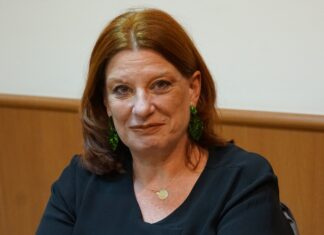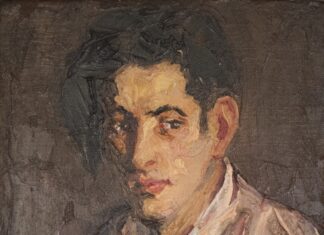By Paul T. Boghosian
Special to the Mirror-Spectator
HAMILTON, N.Y. — For months, Armenians have been hearing about a new film, “The Promise,” that had debuted at the 2016 Toronto Film Festival, not only the film, but the pushback by Turkish PR.
“The Promise” is a straightforward, narrative story set in 1915 and focuses on the love triangle between an Armenian medical student, Michael (Oscar Isaac) and an Armenian woman raised in France, Ana (Charlotte LeBon) and an American journalist working for the AP, who is based in Paris, Christopher (Academy Award winner Christian Bale). The relationship among and between these 3 characters provides an intimate look and understanding of the effects of the Turkish genocide against the Armenian people. “The Promise” is no small budget art film. It has been made for main stream audiences to be seen at the multiplex near you.
When I received a call from Peter Balakian inviting me to join his Colgate colleagues, friends and students at an advanced screening of the film in Hamilton, NY, on March 26, and to meet with the director Terry George, I jumped at the opportunity and drove five hours from Boston to see the film.
As I have had the opportunity to be on many film sets in the past, I was accustomed to meeting with film directors who are not only commanding, but also used to being the last voice heard on any subject. However, when Terry George walks into a room, he could easily pass for a Colgate professor with his tall and graceful manner, his quiet and deliberate speaking voice, and his easy conversational demeanor that easily captures the attention of those in his presence.
The following interview with George was gathered from conversation at the Balakian home following the screening, an informal conversation in the lobby of the Colgate Inn where we both stayed, and a more formal interview over breakfast the morning after the screening. For purposes of reader clarity, I organized the information provided by Terry George around nine questions.








